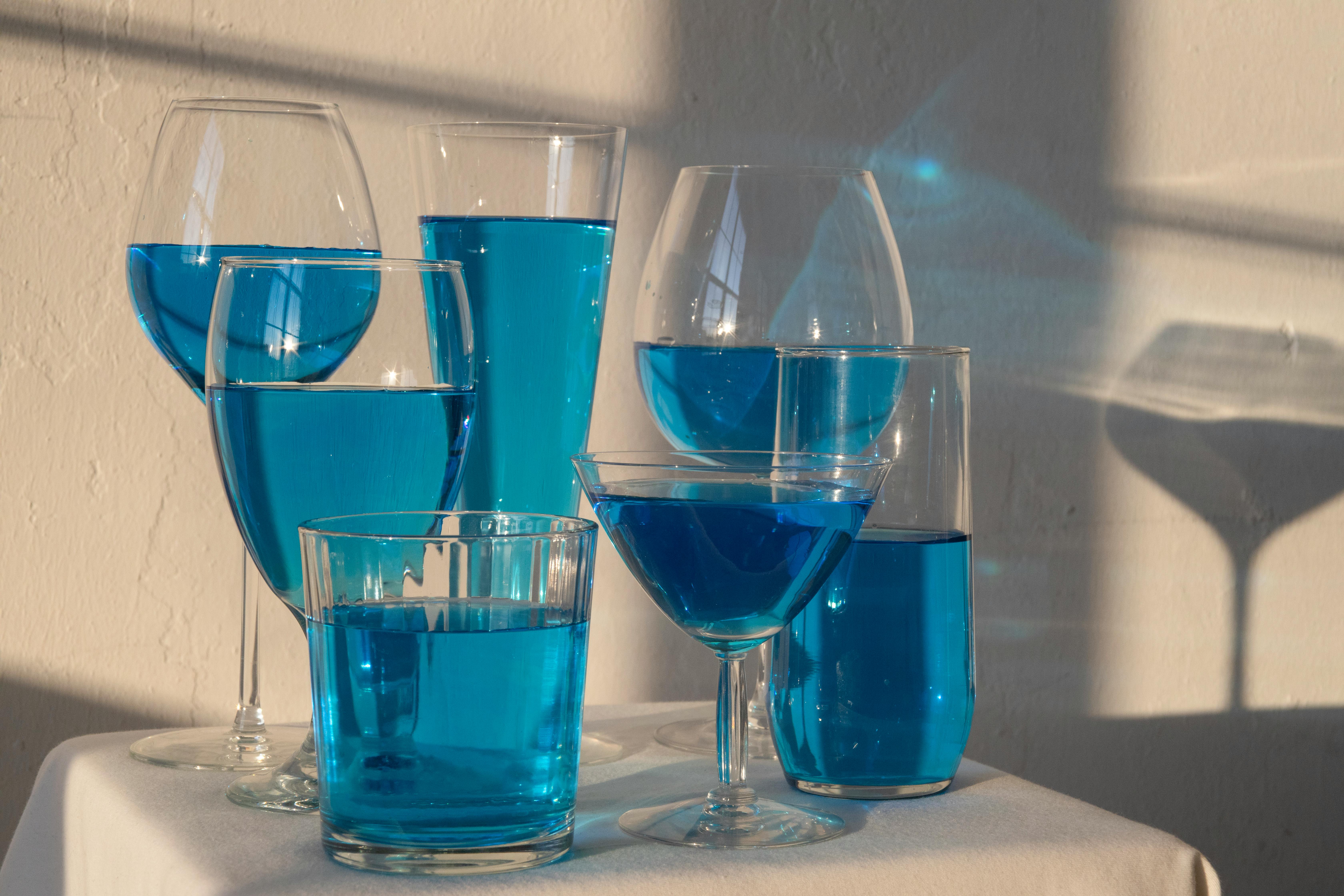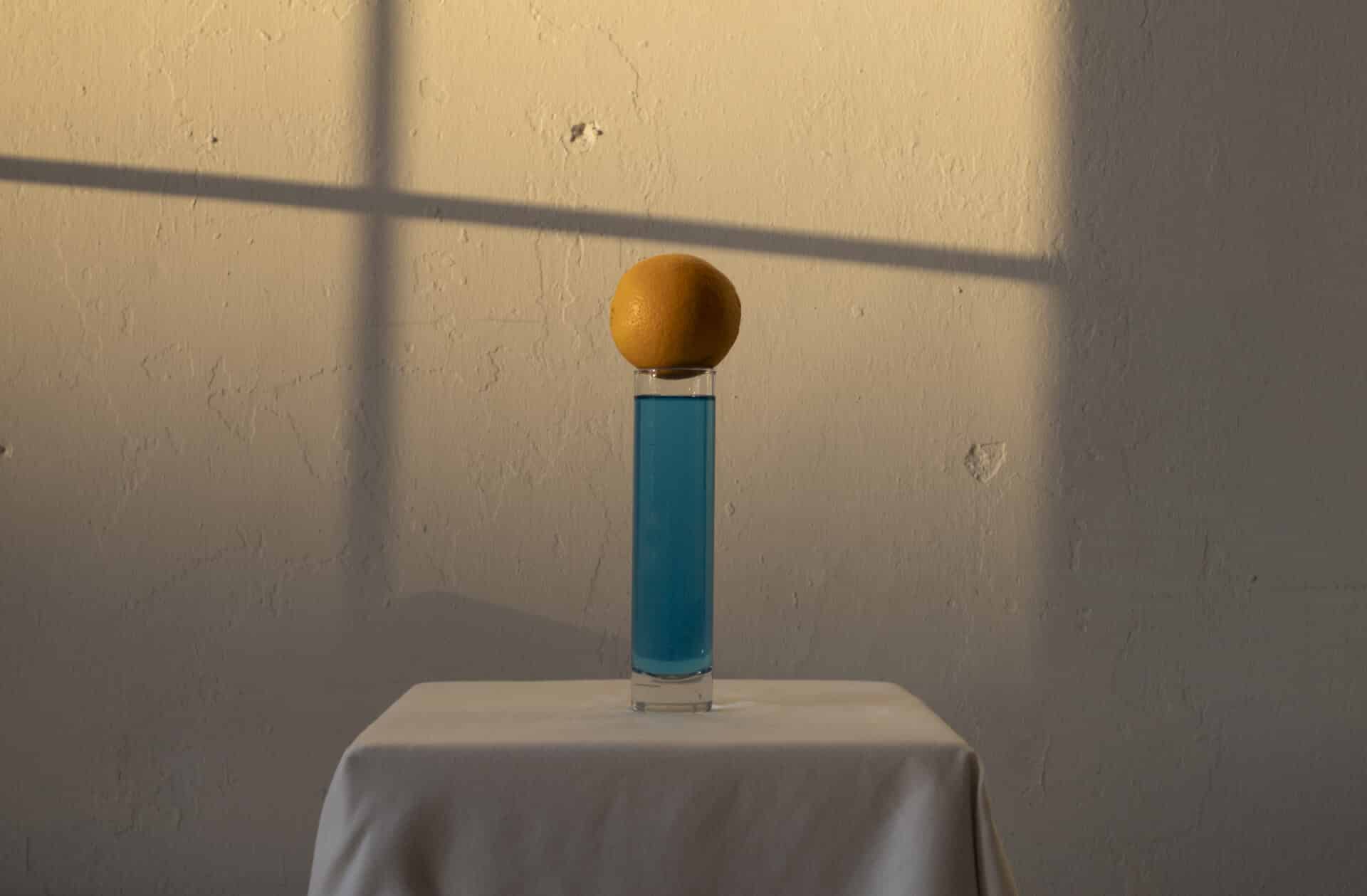Absinthe is a strong alcoholic liquor that has long been associated with the bohemian lifestyle of 19th century Europe. It is made from the flowers and leaves of the Artemisia absinthium plant, or wormwood, along with other herbs and spices. The unique flavor of absinthe comes from its distillation process, which involves carefully boiling the ingredients to extract their essential oils and flavors. The resulting liquid is then aged to give it its distinct flavor profile. In this article, we will explore how absinthe is distilled and what makes it so unique.The distillation process for absinthe involves a few key steps. First, the herbs and other botanicals are placed in a copper still and heated to release their essential oils. Next, the mixture is cooled and allowed to rest for several hours. Once cooled, the mixture is then re-distilled over low heat while evaporating any water present in the mixture. This creates a highly concentrated alcoholic solution which is then mixed with water to create absinthe at its desired proof level. Finally, the absinthe is filtered through charcoal or other materials to remove any impurities before it is bottled and ready for consumption.
What Is Needed to Make Absinthe?
Absinthe is a potent and complex herbal spirit. It has a unique flavor profile, ranging from anise and fennel to various other herbs and spices. To make absinthe, you will need a few essential ingredients, such as wormwood, anise, fennel, and other herbs. You will also need some basic distilling equipment like a still and some bottles for storage. Additionally, you may need some additional ingredients for flavoring and coloring the absinthe.
Wormwood is the key ingredient in absinthe that gives it its distinct flavor and aroma. It is an herb with a bitter taste that has been used in many traditional medicines throughout history. Wormwood should be sourced from reputable suppliers. Anise is another key ingredient in absinthe that gives it its strong licorice flavor. Fennel is often used to add complexity to the flavor of absinthe. Other herbs such as hyssop, lemon balm, mint, coriander, star anise can be used for flavoring or coloring the spirit.
<
Ingredients Used in Absinthe Distillation
Absinthe is an alcoholic beverage made with a combination of herbs and spices, including the flowers and leaves of Artemisia absinthium, known as the grand wormwood. This combination of ingredients is what gives absinthe its unique flavor and aroma. Other herbs that are used in absinthe distillation are anise, fennel, star anise, hyssop, lemon balm, angelica root, coriander seed, juniper berries and other botanicals. The exact recipe for each distiller will vary slightly depending on the desired flavor profile.
The most important ingredient in absinthe is a combination of wormwood and anise. Wormwood has been used in traditional medicine for centuries and is believed to have many health benefits. Anise provides a sweet licorice flavor to the drink while also helping to balance out the bitter notes of the wormwood. The other herbs used will depend on the desired taste profile but generally include fennel and star anise for sweetness; hyssop, angelica root and lemon balm for herbal tones; coriander seed for a spicy note
Ingredients
Distilling absinthe requires a few basic ingredients, including water, alcohol, anise, fennel, and wormwood. Each of these ingredients is essential in creating the flavor and aroma that make absinthe so popular. Furthermore, some other herbs and spices may be added to give the drink a unique flavor. It is important to note that all ingredients should be of the highest quality to ensure the best results. Additionally, it is essential to use pure alcohol when distilling as any impurities can alter the taste and aroma of the finished product.
Equipment
In addition to the required ingredients, you will also need some specific equipment in order to successfully distill absinthe. This includes a pot still or condenser for boiling and condensing the liquid, as well as a thermometer for monitoring temperature during distillation. You may also need additional containers for storing and filtering the distillate. Once all of your equipment is assembled, you are ready to begin.
Step-by-Step Guide
The first step in dist
How Long Does It Take to Distill Absinthe?
Distilling absinthe is a time-consuming process that requires patience and skill. Depending on the method used, it can take anywhere from several weeks to several months to produce a finished product. The traditional distillation method, known as maceration, involves macerating (soaking) the herbs in alcohol for up to two weeks before distilling them. Once the mixture has been distilled, it needs to be filtered and aged for a further two weeks or so before it is ready for consumption.
In modern times, absinthe can also be produced using a much quicker process known as fractional distillation. This involves separating the compounds in the mixture based on their boiling points and collecting them separately in different containers. This process usually takes less than an hour and produces a much cleaner product compared to maceration. However, the resulting absinthe will not have the same depth of flavor as its macerated counterpart and may lack some of its traditional qualities.
No matter which method is used, distilling absinthe requires patience and precision if you want to produce a high-quality product
Difference Between Traditional and Modern Distilling Methods
Distilling is a process used to separate and purify liquids, such as alcohol or essential oils. Traditionally, distilling was done through a process called pot distilling, which involved boiling a liquid in an open pot and then condensing the vapors in a tube. Modern distillation processes are much more sophisticated than traditional methods, utilizing specialized equipment and techniques to achieve greater purity and product yield.
The main difference between traditional and modern distillation methods lies in their efficiency and effectiveness. Traditional pot distillation is relatively inefficient, as it requires large amounts of energy to boil the liquid, resulting in higher costs. Additionally, the condensation of vapors is done manually, making it difficult to achieve consistent results.
Modern distillation methods are much more efficient than traditional methods. Specialized equipment such as vacuum stills can be used to reduce the boiling temperature of liquids, enabling faster distillation and lower energy costs. Furthermore, modern technology allows for automated condensation of vapors which ensures consistent results in each batch.
Another difference between traditional and modern distillation methods is the degree of purity achieved in the products

Conclusion
Absinthe is a spirit with a long and complex history. It has been enjoyed for centuries in Europe, and is now popular around the world. Absinthe is made by distilling wine or brandy with anise, fennel, and other herbs, resulting in a strong and distinctive flavor. The process of distillation helps to create the unique flavor of absinthe, as well as its high alcohol content. Additionally, absinthe’s green color is due to the chlorophyll in the herbs used in its production.
Absinthe has seen a resurgence in popularity over the last few decades, as drinkers have discovered its unique flavor and effects. Furthermore, many modern producers are using traditional recipes to produce absinthe that is true to its original form. Whether you are looking for a unique drink or simply curious about what absinthe tastes like, there is something here for everyone.
In conclusion, absinthe is an intriguing beverage with a long and rich history. It has been enjoyed around Europe and the world for centuries because of its distinct flavor profile and effects on drinkers. Furthermore, modern producers are using

